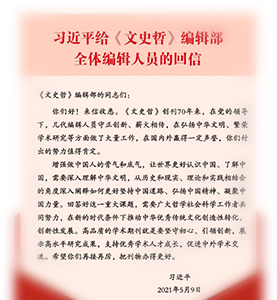帝制中国是封建社会与专制政体,似乎早已成为政治常识。然而,生成于特定的历史时期的常识难免有其历史的局限性。帝制中国的“专制政体说”产生于清末,源自外部对中国政体的观感与指认,进而被国人所广泛接受。“专制政体说”经由地方性知识到一般性知识的转换,使得帝制中国政体的独特性被忽略,且难以解释帝制中国与现代中国的特殊性及接续性。从地方性知识出发,重新考察帝制中国的政体属性,“保育式政体说”也许更能反映帝制中国政体的特质,且有助于摆脱长期以来中国学术界“削足适履”的思维习性。
The Care Regime: On the Polity of Imperial China Lü Xiaobo
It seems a conventional knowledge that the imperial China was characteristic of feudalism and tyranny. However, the knowledge generated in history has inevitable limitations. Originated in the late Qing Dynasty, the theory of imperial China’s tyranny was first derived from outsiders’observations on China’s polity, which was later accepted domestically. In the West, the evolution of regime classification, including the theory of tyranny, witnessed the transition from local knowledge to general knowledge, among which the particularity of China has been largely ignored, and in turn the connection and continuity between imperial China and modern China was poorly explained. Hence, it is imperative to reconsider the polity of imperial China from the perspective of Chinese local knowledge. We believe the theory of“care regime” describes the imperial China more accurately, which helps to lower the “cutthetoestofittheshoes” risk when apply western polity theories to China.


